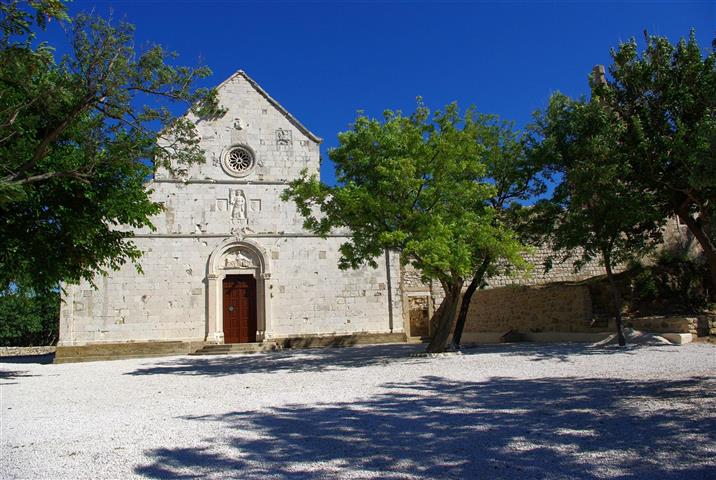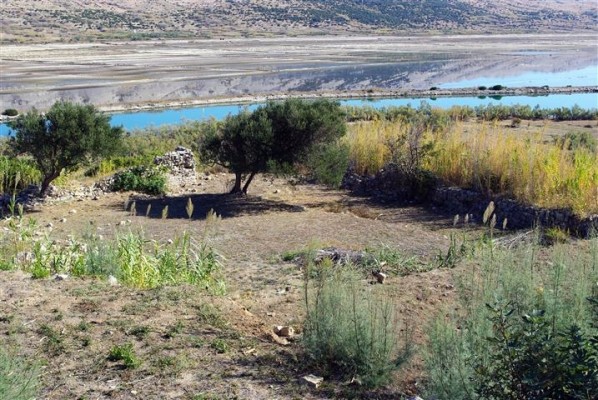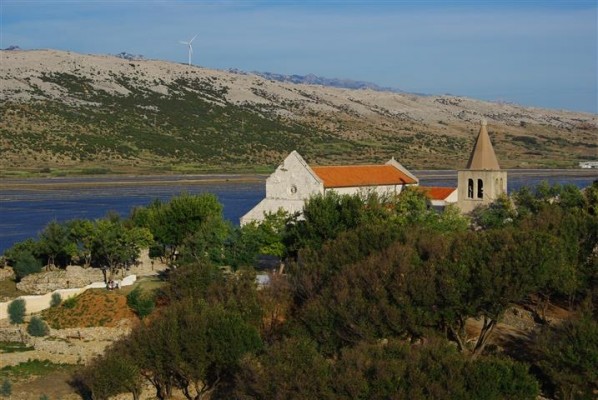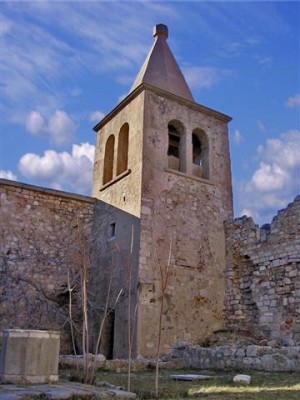Pag’s Old Town developed spontaneously over the Middle Ages thanks to the exploitation of salt, the dominant economic activity on the island. This hilly terrain in the immediate vicinity of the salt pans had about twenty churches, monasteries, a fortified citadel, a palace, a small and large loggia, and two, large and small, town square. Along the seashore, there was a salt warehouse and two berths: Veliki and Mali Mul. Fleeing before his enemies, King Bela IV found refuge in Pag in 1244. Pag’s denizens offered him great comfort and aid, and as a sign of gratitude Bela IV bequeathed free royal borough status on the town. Unfortunately, due to the move to the newly-constructed fortified town in the 15th century, this monument of medieval architecture disappeared. The only entirely preserved structure is the Church of St. Mary (early 14th cent.), thanks to the Franciscans, who built a monastery in the immediate vicinity and remained in the area from the late 16th to late 19th centuries. Today the area of Pag’s Old Town is a rich archaeological site and shrine. A Gothic-era wooden statue of the Madonna with Child is kept in the church. As a sign of gratitude, every year on the Feast of Mary’s Assumption (15 August) for the past 150 years, the residents of Pag hold a traditional pilgrimage from the old town toward new Pag, carrying a statue of the Blessed Virgin Mary.
Travel agency Perla | tel/fax. 00385(0)23 600 003 | gsm. 00385 (0)98 836 164 | e-mail. info@perla-pag.hr | GPS. 44°26'49.0"N 15°03'21.4"E
















